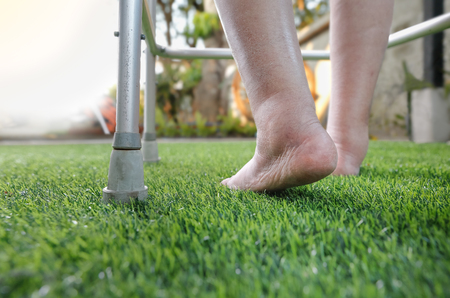Action Items for Patients with Diabetes
It’s estimated that over 30 million Americans are either pre-diabetic or have diabetes. At Goldsmith Podiatry we know this disease presents unique challenges for your feet. Nerve damage and decreased circulation—two conditions commonly found in patients with diabetes—can lead to serious foot trauma due to a loss of sensation that signals a foot problem and a decreased ability to deliver oxygen rich blood for healing to legs and feet. Fortunately, however, you can take steps to help overcome these risks. See the action items below:
Avoid going barefoot. Even at home, walking without shoes greatly ups your chances for stepping on a sharp object or injuring your foot. In public places, keeping your feet covered will prevent coming in contact with bacteria and fungi that can cause infections.
Inspect your feet every day. Look over your entire foot (or enlist someone to do it for you) to spy out blisters, cuts, sores, bruises, rashes or discolored or thickening toenails. All of these can indicate or lead to a diabetic ulcer or wound.
Take extra care choosing shoes. It’s essential that your footwear not rub or pinch your feet. Get your feet professionally measured to ensure that you buy the proper size. Look for shoes made of soft materials with low heels and wide toe boxes.
Choose soft, thick socks. These will cushion and protect your feet. Avoid seams or tight elastic that can create irritation and further impede circulation.
Don’t play foot doctor. Attempting to remove corns, calluses or warts on your own can cause severe skin damage.
Partner with your podiatrist. Regular checkups with our podiatrists, Dr. Howard Goldsmith or Dr. Rosanna Troia will provide constant monitoring of your feet, help you control your diabetes and greatly reduce your risk of serious foot damage. To learn more about how to better manage diabetes and its affect on your feet, contact our Upper West Side office by calling: 212-877-1002.

